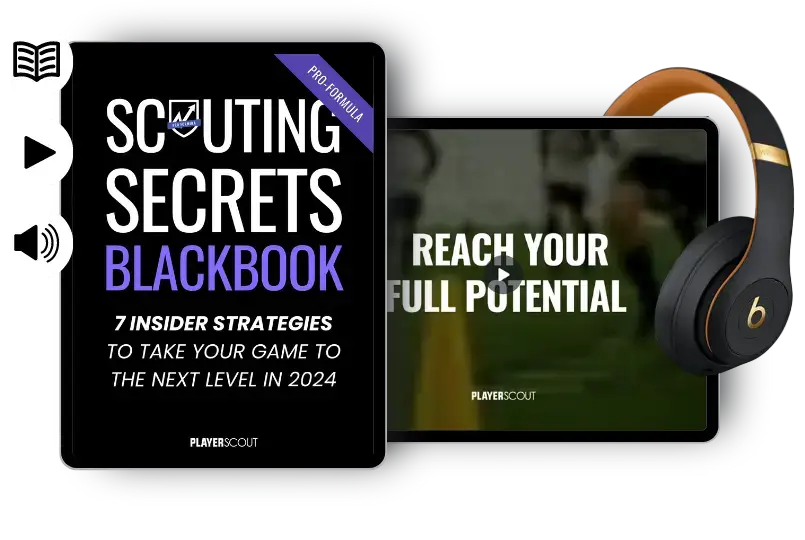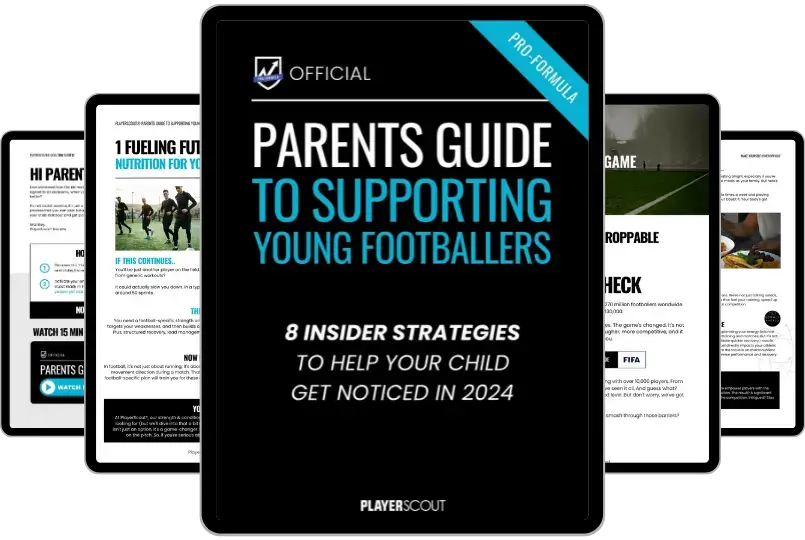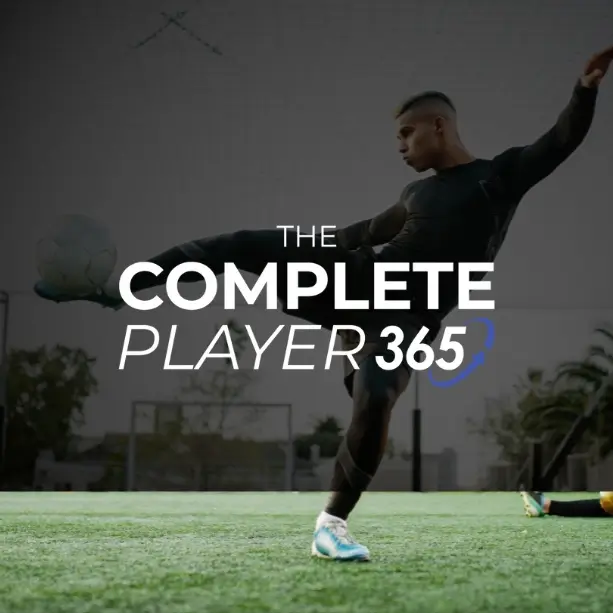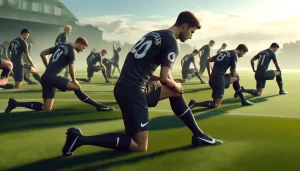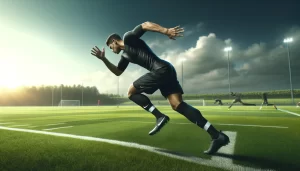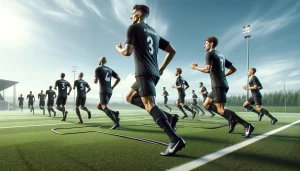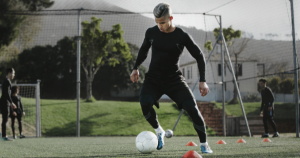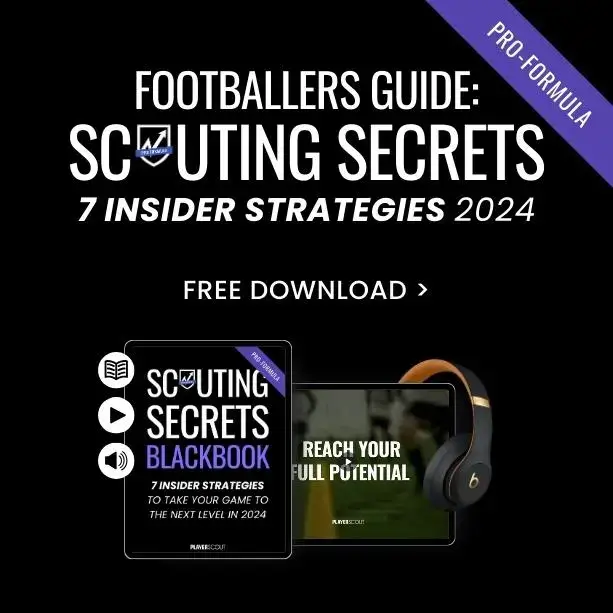How to Foam Roll Legs for Pain Reduction and Flexibility
Foam rolling your legs after exercise can help loosen tight muscles and reduce muscle soreness. The act of foam roll involves applying pressure to tight areas of the fascial tissue, known as trigger points. Studies show that foam rolling your legs can reduce pain and improve performance , therefore it is a beneficial practice for both athletes and non-athlete. Below we have picked our favorite foam roller exercises for legs. We’ve split the exercises into front of leg and back of leg exercises concentrating on the main muscles you should foam roll. We advise working from the ground upwards to realise the benefits of roam rolling legs, so the first exercises will be targeting the feet. Read on to find out favourite foam roller stretches for legs.Foam Rolling Front of Legs
The main muscles to cover when performing self-myofascial release on the front of your legs are:
Check out the best exercises to target these leg muscles.
Foam Rolling Your Feet
The bottom of the foot is often overlooked with foam rolling and stretching. However, this area is very important and has a significant influence on the performance of the rest of the body.
The following video by the National Academy Sports Medicine shows a simple foam rolling technique for the Plantar Fascia using a massage ball. For more advanced foam rolling techniques check out our guide on how to foam roll your feet.
This exercise will leave the foot feeling relax, plus will help to stabilize the arch of the foot and help to activate the deep intrinsic muscles of the foot.
Foam Rolling Your Shin (Anterior Tibialis)
The Tibialis Anterior is one of the major dorsiflextors for the foot (basically means it pulls the foot up towards your shins). You can identify this muscle on the outside of the shin bone as you lift your toes up.
Similarly to the bottom of the foot, this muscle is often forgotten when stretching or rolling. Therefore, it can become tight.
The following Trigger Point exercise shows a great grid foam roller stretch for your Anterior Tibialis. For more in-depth shin foam roller exercise check out foam rolling shins page.
How to Foam Roll Your Peroneals (Side on Lower Leg)
The Peroneals and Anterior Tibialis are a common area for overuse injury, e.g. shin splints, muscle spasms or tendonitis. These injuries are affected if there is any obstruction to the way your foot strikes the ground. This occurs when you have a high arch in your foot, tight calf muscles or your foot over/under pronates when you walk or run. All of these issues result in the load being push onto the Peroneals and Anterior Tibialis.Unfortunately, these muscles are a lot smaller and weaker than the Calf muscles, so become tight if they are overworked for a long period.
The Peroneal muscles, run down the outside of your leg from the top of your Fibula bone to behind your ankle.
This is a great exercise for warming up the muscle, however, for more advanced foam rolling techniques for the side of the lower leg, check out our how to foam roll your Peroneals article.
How to Foam Roll Your Quads
The basic anatomy of the Quadriceps is four muscles that move down the front of the thigh to form one tendon (quadriceps tendon) which actually houses your kneecap. These muscles are responsible for extending the leg and the knee. Quadriceps can get tight for a number of reasons, most notably:- Weight Training
- Overuse
- Muscular Imbalance
- Muscle Strain
Foam Rolling Quads Exercise
The following National Academy of Sports Medicine video shows a great grid foam roller routine to perform on your quads before and after exercise.How To Foam Roll the Tensor fasciae latae (TFL) and IT Band
Often you will hear people complain about having a tight IT Band, this is usually followed by excessive foam roller down the side of the thigh is an attempt to loosen the IT Band.
Unfortunately the idea of stretching your IT Band is pointless (more of this and advance outer thigh foam rolling exercise here).
This is because the It Band is actually a tendon, therefore the feeling of tightness comes from the TFL pulling on this tendon and the vastus lateralis which sits underneath the IT Band.
Long periods of sitting or inactivity can cause the TFL to become tight, and as you extend this muscle from its shortened position it can pull on the IT Band. Therefore giving off a sensation of tightness in the side of the thigh.
Also an overdeveloped vastus lateralis (outside quad muscle) can push on the overlapping IT band which again gives of the feeling of tightness in the IT Band.
Therefore, when foam rolling the IT band, you really want to target the TFL and the Vastus Lateralis.
The following NASM video shows exactly how to do this:
How to Foam Roll Your Hip Flexors (Psoas Muscle)
Tight hip flexors can lead to problems with your lower back and hip joint.The hip flexors are a group of muscles that bring your knee up towards your torso. Although there are several muscles involves, they main two are the Psoas Major and the Iliacus (which form the iliacsoas. These attach thigh to your hip.
The following hip flexor foam rolling exercise by Howcast can help to release tightness in the hip flexor.
Click here for more hip flexor foam rolling exercises.
Calf Muscle Foam Roller Exercises
As we mentioned earlier, whenever you foam roll, you should begin from the ground upwards. Therefore, the first muscle to target when self-massaging the back of the legs is the Calf muscle.
The calf is made up of two muscles:
- Gastrocnemius
- Soleus
The following National Academy of Sports Medicine video shows the best technique for foam rolling calf muscles.
Check out our guide to foam rolling your calves for more advanced foam rolling techniques and exercises to target the soleus and Gastrocnemius.
How to foam roll your hamstrings
The hamstrings are a group of very large muscles that run down the back of your thing. It comprises three separate muscles.
The simple anatomy of the hamstring is that all the muscles start at your sit bone (ischial tuberosity) and flow down the back of your thigh and form the two rope-like chords behind your knee.
The inside ones are your semimembranosus and v and the outside on is the biceps femoris.
These all combine to help flex your knee (bring your heel towards your glute).
The National Academy of Sports Medicine video of self massage of the hamstrings, shows a basic exercises to perform before and after training.
Click here if you are looking for more advance hamstring foam rolling techniques.
How to Foam Roll Your Adductors
It is common for adhesions (knots in the muscle) to appear in the adductors due to strains and previous injury. These knots restrict movements and can cause pain.If this restriction and tension become intense, it can lead to internal rotation at the hip, which can cause injury to the knee.
Foam rolling can improve range of motion by breaking up these knots, which results in a reduction of pain.
The following Tigger Point video shows the most commonly used foam rolling exercise for the adductors. We have experienced great results over the years from using this before and after matches.
Click here for more details on how to foam roll your adductor muscles.
How to Foam Roll Your Glute Muscles
The Gluteals are a group of three muscles:
- Gluteus maximus
- Gluteus medius
- Gluteus minimus
Which make up the Buttocks.
Foam rolling these this area helps to relieve tension and pain in the buttocks and improve flexibility.
Your glutes can get tight from sitting at a desk or driving for long periods, so the following technique can offer an immediate release of the gluteals.
Check out our full guide to foam rolling your glutes and piriformis for advanced exercises.
The following video by Trigger Point shows how to target the glute muscles with a grid foam roller.
Upper Body Foam Rolling Exercises
- How to foam roll your neck muscles
- How to foam roll your shoulder muscles
- How to foam roll your chest muscles
- How to foam roll your lats
- How to foam roll your rhomboids
- How to foam roll your arm muscles


